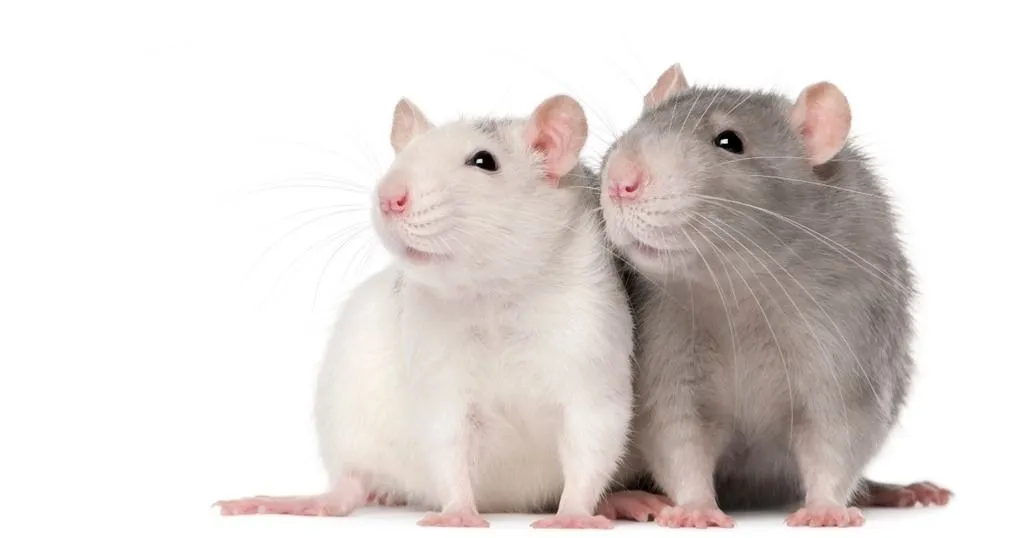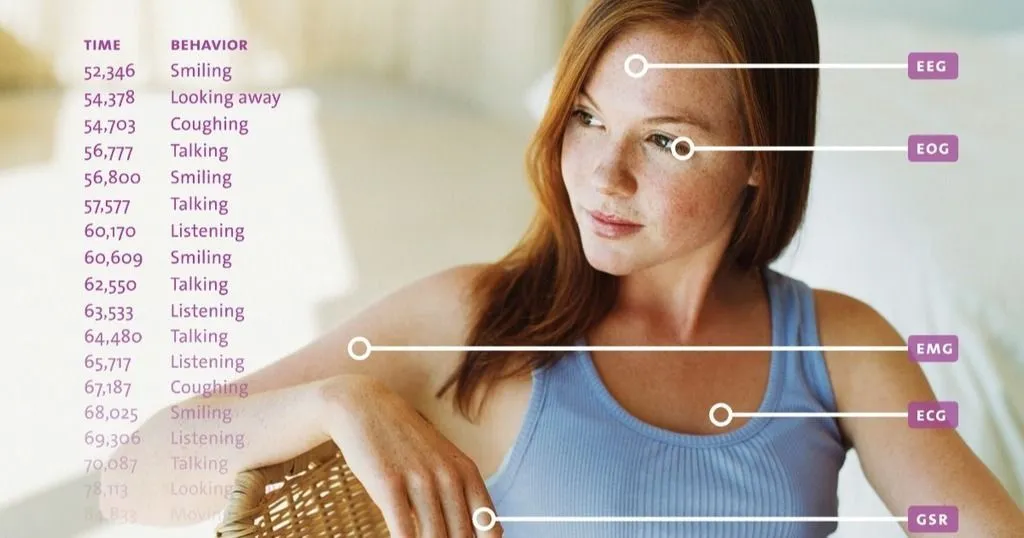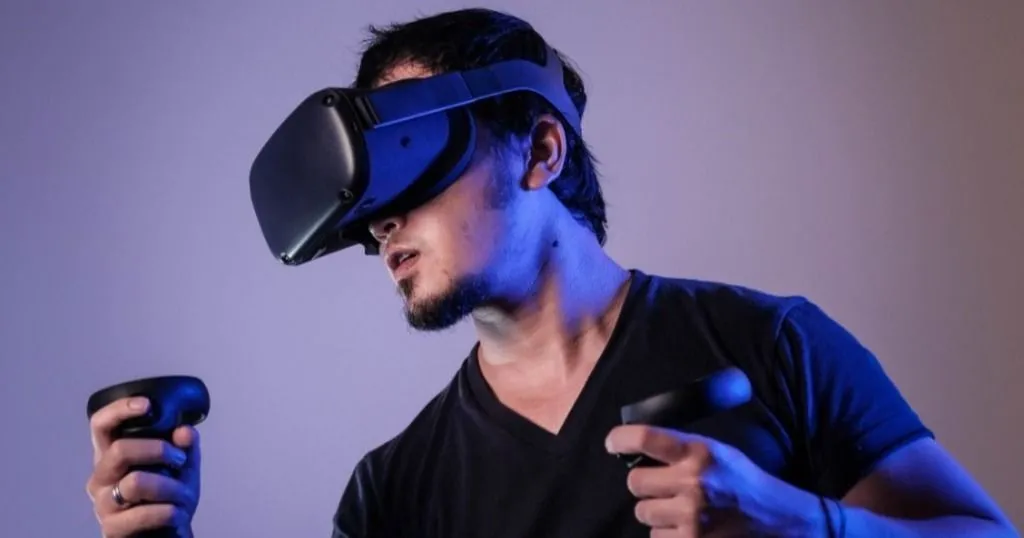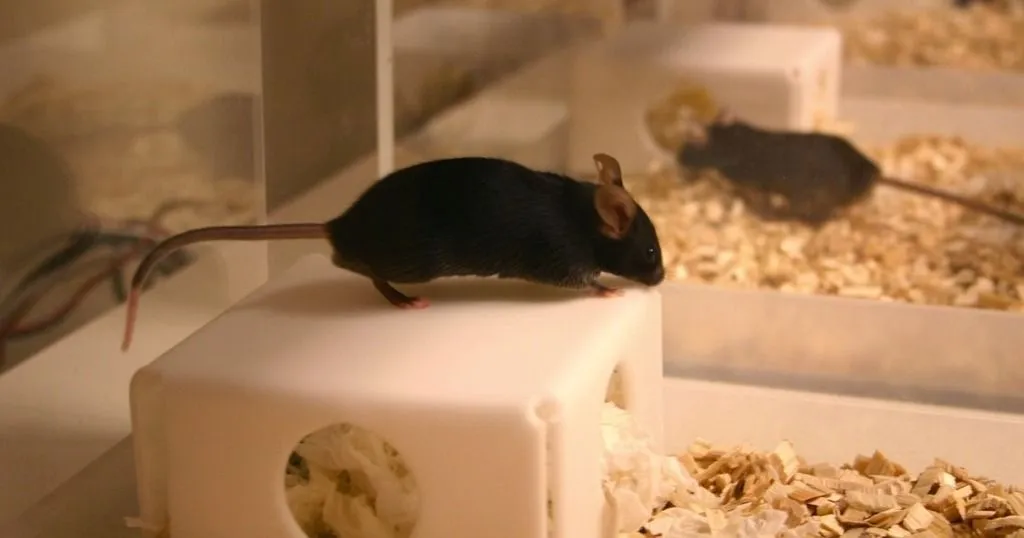Blog posts tagged with eeg

02 Dec
animal behavior research
Neuroscience
Understanding epilepsy through a new mouse model
A new Frontiers in Molecular Neuroscience publication, coauthored by Noldus’ Jason Rogers, examines whether a very small cortical disruption can generate epilepsy. The study sought to explore how focal changes shape both neural function and behavior.

02 May
animal behavior research
Social Behavior
Did you know you can (semi) socially house tethered animals?
Socially housing tethered animals can be challenging, but also crucially beneficial to your study. Read more about how with our PhenoTyper we can solve that dilemma!

26 Feb
human behavior research
Multimodal
How to easily apply multimodal measurement during research with children
A child development researcher can encounter quite a few challenges when wanting to measure multiple data streams. How do you make that run as smoothly as possible plus integrate all data seamlessly?

13 Dec
human behavior research
Multimodal
Five studies showing the power of multi-modal data in behavioral research
The advantages of using multimodal data over a single modality are that it reveals deeper insights and also if one modality fails there can be enough redundancy in the data to still make sense of it.

06 Sep
human behavior research
Neuroscience
Why use Virtual Reality in Neurosciences?
Virtual Reality may become an easy way to calibrate or standardize complex tasks in immersive environments. How can researchers easily apply VR?

20 Apr
human behavior research
Neuroscience
Cognitive neuroscience: Behavior
We are in a pandemic where most of us are forced to change our daily behavior. Fortunately, we have our neocortex: it gives us considerable flexibility and creativity in adapting to a changing environment.

31 Jan
human behavior research
Consumer
Neuromarketing: hope or hype?
The application of neuroscience methods to marketing – neuromarketing research – is growing in popularity. Can neuroscience be the holy grail of the study of consumer behavior?

17 Jun
human behavior research
Neuroscience
Cognitive neuroscience: the basics
What is cognitive neuroscience? As my professor once said, it is the overlapping science of the ‘dry and the wet’ part of the brain.

18 Nov
human behavior research
Neuroscience
Measuring the creative process
How can you come to better understand what is going on in the creative process? A living lab studying the work of a writer, painter, musician or other creative person might provide the answer.

19 Apr
animal behavior research
Other (Animal)
Brain waves and behavior: sleep to learn
To find out more about human and animal learning and memory, we might just have to go to sleep. Ahem – research on sleep, I mean.